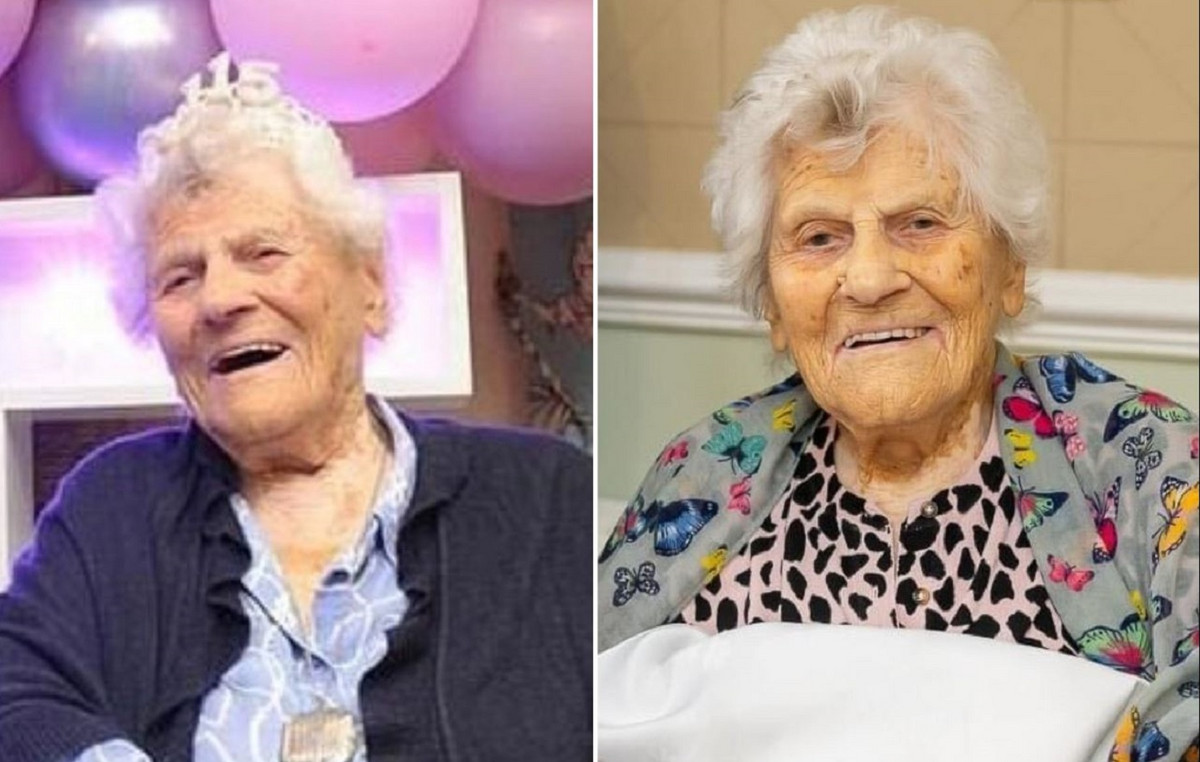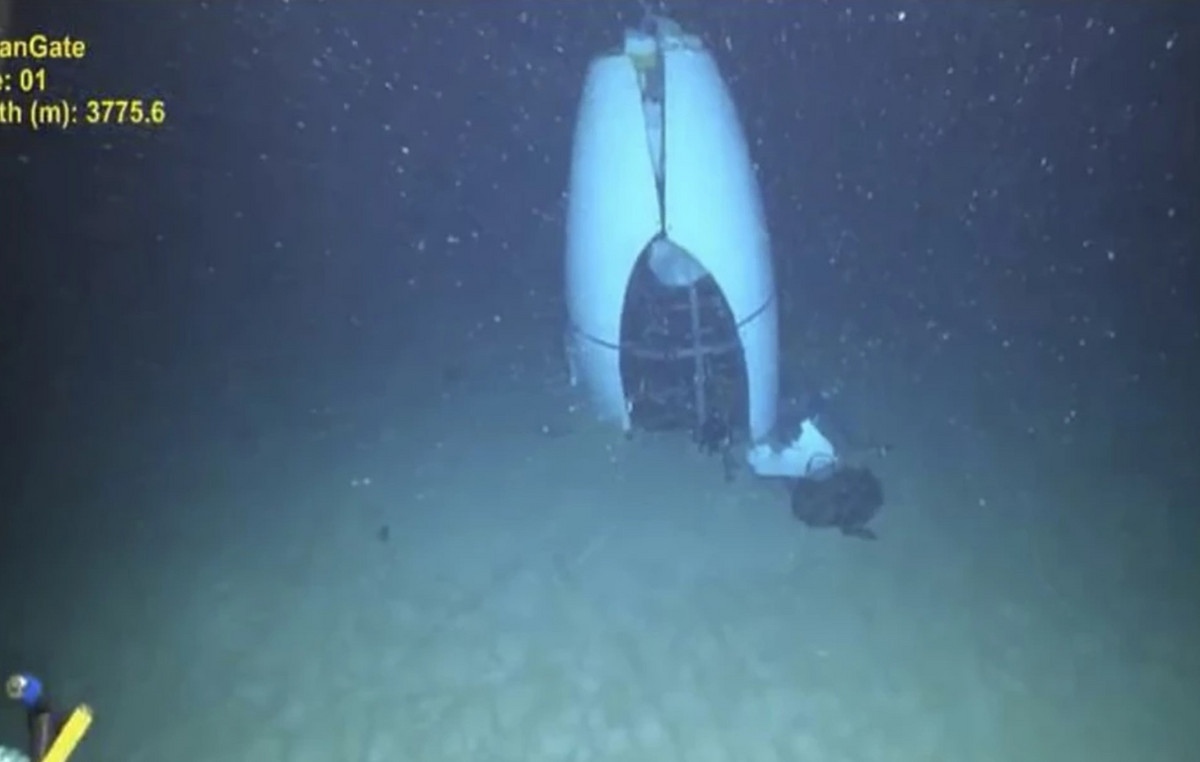In Brazil, the cervical cancer It is the third most common type of tumor among women. According to data from Inca (National Cancer Institute), for each year of the 2023-2025 triennium, more than 17 thousand new cases of cancer .
Given this scenario, the campaign was created Lilac March , which aims to raise awareness about the fight against cervical cancer and the importance of the vaccine in prevention. This is because one of the main risk factors for this cancer is HPV (human papillomavirus) infection.
According to the WHO (World Health Organization), the strategy to eliminate cervical cancer must prioritize vaccination against HPV, in addition to screening and appropriate treatment. The target set by the Ministry of Health is to vaccinate 80% of the eligible population .
However, according to a study by the Cancer Foundation, released in 2023, the country is below the target vaccination against HPV. According to the survey, vaccination coverage of the female population between 9 and 14 years old reaches 76% for the first dose of the vaccine, and only 57% for the second dose. Among the male population, the scenario is even worse: coverage is 52% and 36%, respectively.
Cervical cancer and HPV: what is the relationship?
Cervical cancer is a tumor that affects the part of the uterus located at the end of the vagina. The main risk factor for its development is HPV infection, a sexually transmitted virus. The infection can lead to cellular changes that, in some cases, develop into a tumor.
“More than 99% of cervical cancers are caused by persistent infections with the oncogenic subtypes of HPV, the majority of which are subtypes 16 and 18”, explains Marina Della Negra, medical director of vaccines at MSD Brasil, to CNN .
According to the expert, it is estimated that at least 80% of sexually active women will have contact with some viral subtype of HPV throughout life.
“Most of the time, the virus is eliminated naturally. However, in some cases, these infections can become persistent, especially with oncogenic subtypes, causing precursor cancer lesions that, when unidentified and untreated, evolve into invasive cancer”, says Della Negra.
In addition to HPV, factors such as immunosuppression, genetics and smoking can increase the risk of developing cancer. “Age also interferes in this process, with the majority of HPV infections in women under 30 regressing spontaneously, while above that age, the persistence [do vírus] it’s more frequent,” he says.
Initially, the Cervical cancer may have no symptoms however, as the disease progresses, signs such as vaginal bleeding, discharge with a changed color and odor, pain during sexual intercourse, urinary changes (pain or difficulty urinating) and intestinal changes (pain during bowel movements or blood in the stool) may be noticed.
Early diagnosis of cancer is essential for successful treatment. It can be done through preventive exams, such as pap smear which is offered free of charge by the SUS (Unified Health System).
How does the HPV vaccine work?
A HPV vaccine is one of main ways to prevent cervical cancer . In Brazil, there are two types of vaccine available:
- Quadrivalent vaccine : available on SUS, recommended for girls and boys aged 9 to 14; transplanted men and women; cancer patients receiving chemotherapy and radiotherapy; patients with HIV/AIDS and victims of sexual violence;
- nonavalent vaccine : available on the private network, recommended for children and adults aged 9 to 45.
The quadrivalent vaccine protects against HPV types 6, 11, 16 and 18, while the nonavalent vaccine also protects against oncogenic subtypes 31, 33, 45, 52 and 58. Considering subtypes 16 and 18, the first vaccine offers 70 % effectiveness in preventing cervical cancer, while the second has protection of up to 90%.
The vaccination schedule for both vaccines is as follows:
- Boys and girls aged 9 to 14 : two doses, with an interval of six months between doses;
- From 15 years old : three doses, with intervals of one to two months between the first dose and the second, and six months between the third and the first;
- People aged 9 to 45 with comorbidities (mentioned above): three-dose schedule.
Challenges to increasing vaccination coverage
For Mônica Levi, president of SBIm (Brazilian Society of Immunizations), there are several obstacles that justify the low vaccination coverage against HPV.
“The current target of 80% is applied to the target group of girls and boys aged 9 to 14. This is an age group that does not frequent health centers and communication about what HPV is, about the importance of the vaccine and its safety is more complex because of this too”, says the specialist to CNN .
Della Negra also adds that the taboo related to the HPV virus “can generate prejudice regarding vaccination in young people”. “It has already been shown, in studies, that vaccinating your sons and daughters does not anticipate the beginning of their sexual life and it has been proven that the earlier the vaccination is carried out, from the age of 9, the greater the effectiveness of the vaccine” , complete.
Another factor for low vaccination coverage was the Covid-19 pandemic. “Several teenagers passed the age of being vaccinated, over 14 years old, and missed out on vaccination during that period of confinement and people ended up not vaccinating themselves or their children”, comments Levi.
Given this, a challenge to be overcome is greater access to information about vaccination, in the experts' view. “The vaccine is safe and protects against cancer, parents and guardians must be aware of the risks of the disease and know that it is a tumor that can be prevented”, reinforces Della Negra.
Levi believes that it is necessary to take information about HPV and the vaccine to schools. “Teachers can pass on information to students and also engage parents, call them to meetings and guide them about this vaccination,” he says.
“It is important to have the Ministry of Health and Education working together. All public health programs in the world that have had high vaccination coverage already demonstrate the success of vaccination and are on the way to eliminating cervical cancer”, adds the specialist.
In relation to teenagers who were not vaccinated during the Covid-19 pandemic, according to Levi, the PNI (National Immunization Program) plans to call on this population (who are currently over 14 years old) to be vaccinated. “This is still being defined, according to the number of possible doses”, says Levi.
To conclude, the experts mention the fight against fake newshealth education and efficient communication about vaccination is important for increasing vaccination coverage against HPV and, consequently, strengthening the fight against cervical cancer.
Source: CNN Brasil
I am an experienced journalist and writer with a career in the news industry. My focus is on covering Top News stories for World Stock Market, where I provide comprehensive analysis and commentary on markets around the world. I have expertise in writing both long-form articles and shorter pieces that deliver timely, relevant updates to readers.







